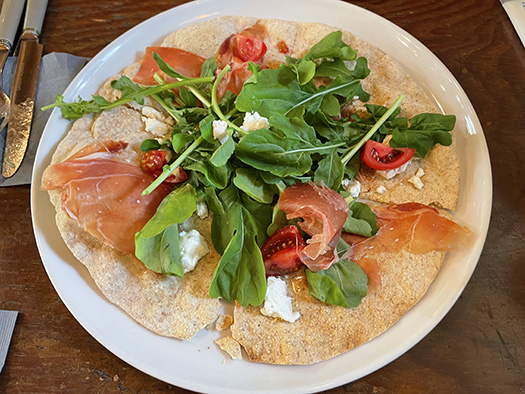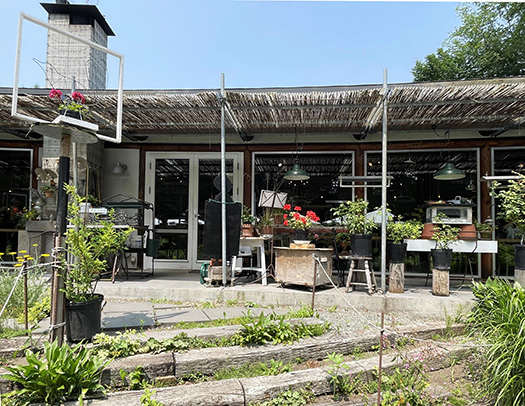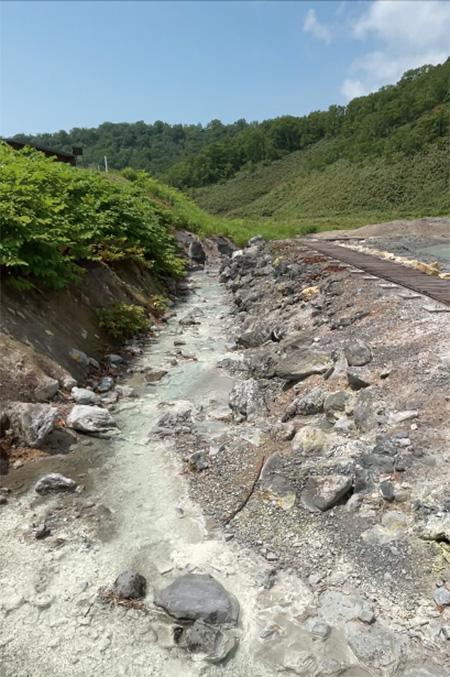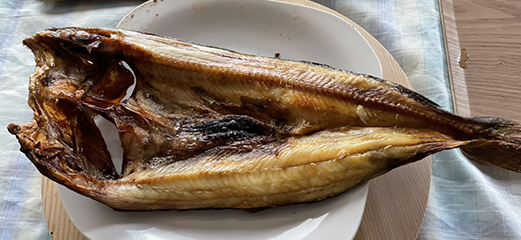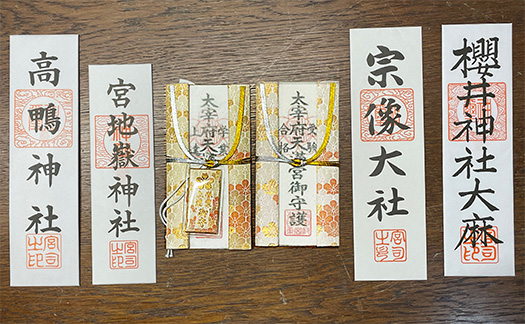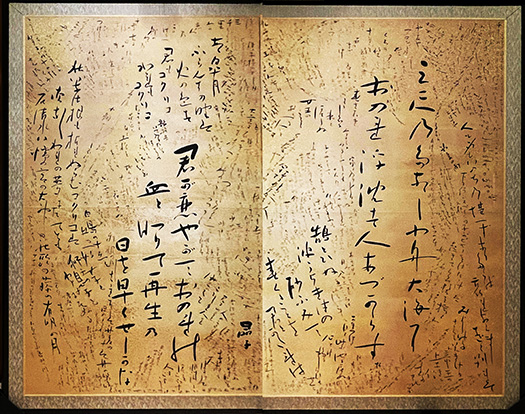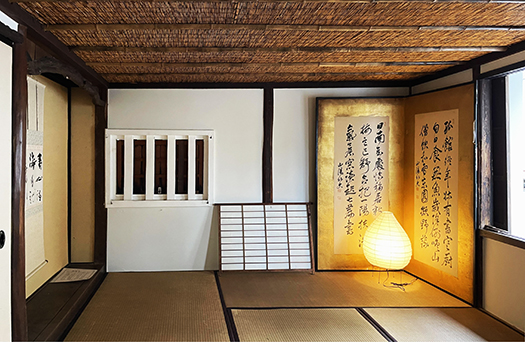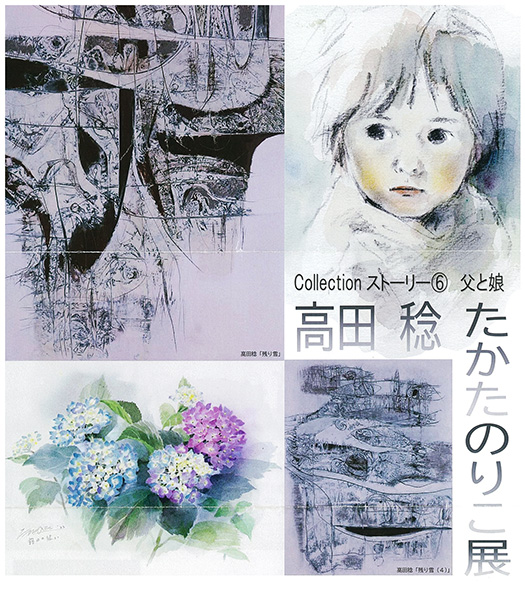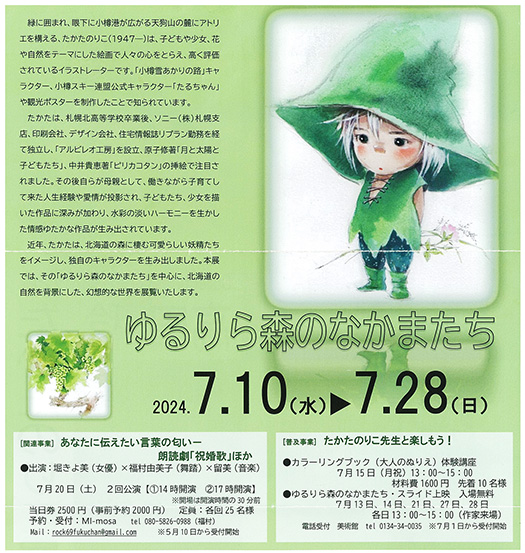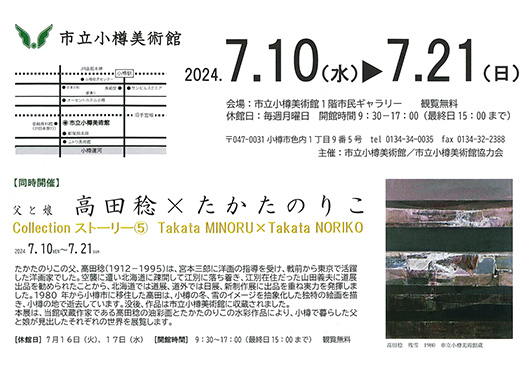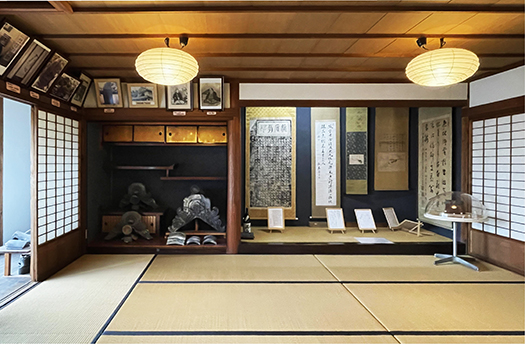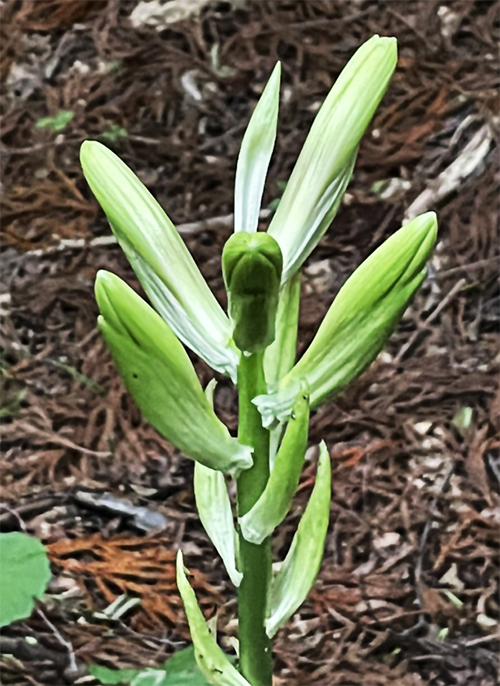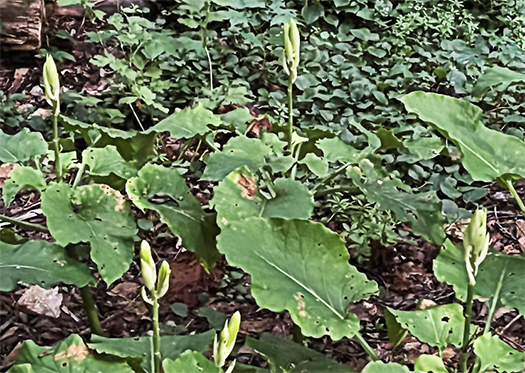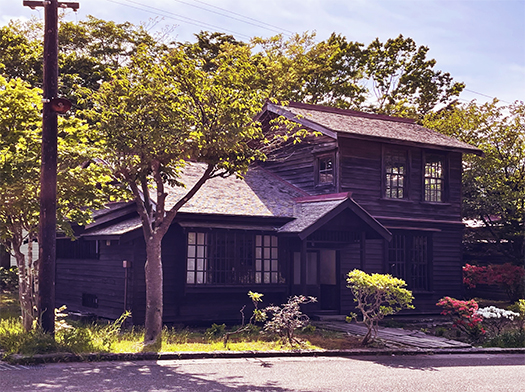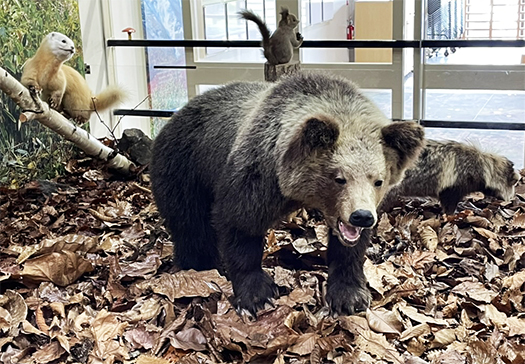
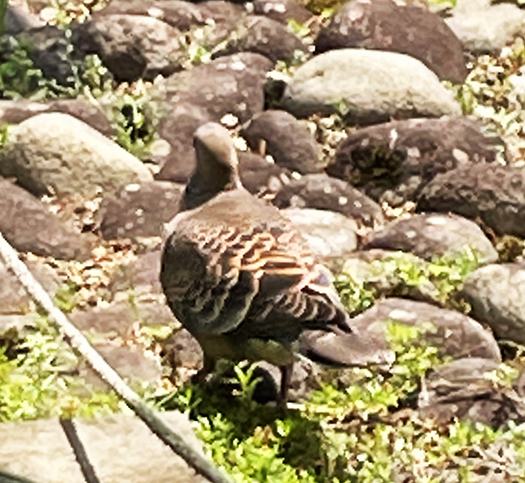
あ、この写真は「剥製」ですのでご安心ください。倶知安町の郷土資料館でみかけたもの。まるで生きているようなクマの表情なんですが、剥製というのはどのように作るにせよ、表情自体はそのイキモノとしての生きているときのものがピンナップされるもの。
どうも最近、加齢とともにイキモノへの感じ方がずいぶんと変化してきているのを感じる。このクマさんは子どものときにいのちが尽きたものとみえて、表情がまことに幼く、かわいい。まぁ成獣になったヒグマであれば、ここまで可愛らしい表情ではないだろう。
下の写真は支笏湖畔のレストランの自然な庭で、ほぼ「家畜」のように人間に対しての危険視を忘却しているハトの後ろ姿。なかなか前は向いてくれなかった(泣)。20-30分ほど席待ちしていたときに、ボーッと庭の様子を見ていたら、まるで傍若無人な自然さで、闊歩していた。
とくだん「餌付け」をしている様子は見られなかったけれど、農園レストランとしては、なるべく自然のイキモノとの調和を目指してはいると思える様子。
どんなイキモノに対しても、最近は感情が同期するように思える。
まぁもちろん人間のとくに子どもたちがいちばん同期しやすいのだけれど、だんだんとどんなイキモノでも、境目がなく遠近両用(笑)になって来ている。
加齢とは自分のいのちとの対話というものがすこしづつ深まっていくことなのでしょうか。じっと観察することにすこし「熱」が籠もってくる自分がいる。かれらはかれらで自らのいのちに対してまっすぐに向き合って余念なく、そのままに生きている。本能なのでしょう。そうするとこちらも、襟を正して、まっすぐに見つめたいという気分が強くなってくるのです。
円山公園のオオウバユリは植物だけれど、その生態をまっすぐに見ていると、やはり強くイキモノというメッセージ性を感じさせられる。べつに話が出来るわけではないけれど、こっち側で勝手に「想像力」が強くなっていって、ある部分で「同期」が感じられるのでしょう。
いちどそういう「堰」が開通すると、非常にスムーズに意識変換が始まっていくのではないだろうか。
最近、官庁許認可事業当局とのストレスの溜まるコミュニケーションに疲れ果てることも多いのですが、いっとき、かれらからのまっとうな反応に深く癒されております。
English version⬇
Aging and the Growing Mood for “Iki-mono Hymn”
Recently, I have been having an increasing number of interactions with licensing authorities. I wonder if it is because I am seeking solace in nature every time I am forced to pay attention to the “corner of a heavy box. …….
Oh, don’t worry, this photo is “stuffed”. I saw this bear at the Kutchan-cho Museum of History and Culture. The bear’s expression looks as if it were alive, but no matter how you make a stuffed bear, the expression itself is always a pin-up of the bear as it was when it was alive as a creature.
Recently, as I age, I feel that my feelings toward animals have changed considerably. This bear’s expression is very young and cute, as if its life ended when it was a child. I guess a grown-up brown bear would not have such a cute expression.
The photo below shows the back view of a pigeon in the natural garden of a restaurant by Lake Shikotsu, almost as if it were a “domestic animal” and oblivious to the danger it posed to humans.
I didn’t see any signs of “feeding,” but it seemed to me that the farm restaurant is trying to be in harmony with nature’s creatures as much as possible.
It seems as if they are in synch with the emotions of any living creature these days.
Of course, humans, especially children, are the easiest to synchronize with, but gradually, all things are becoming more and more bifocal (laugh), with no boundaries.
I wonder if aging is the process of deepening the dialogue with one’s own life. I find myself becoming a little more “enthusiastic” in observing them closely. They are facing their own lives straightforwardly, and they are living as they are. It must be an instinct. This makes me want to straighten up and look straight at them.
The day lilies in Maruyama Park are a plant, but looking straight at their ecology, you can feel the strong message that they are a living thing. It is not that I can talk about it, but my “imagination” becomes stronger on my own side, and I can feel a certain “synchronization” with it.
Once such a “weir” is opened, the transformation of consciousness will begin very smoothly.
Recently, I have often been exhausted by stressful communication with government licensing authorities, but for a while, I have been deeply healed by their honest responses.
Posted on 7月 17th, 2024 by 三木 奎吾
Filed under: 日本社会・文化研究 | No Comments »


